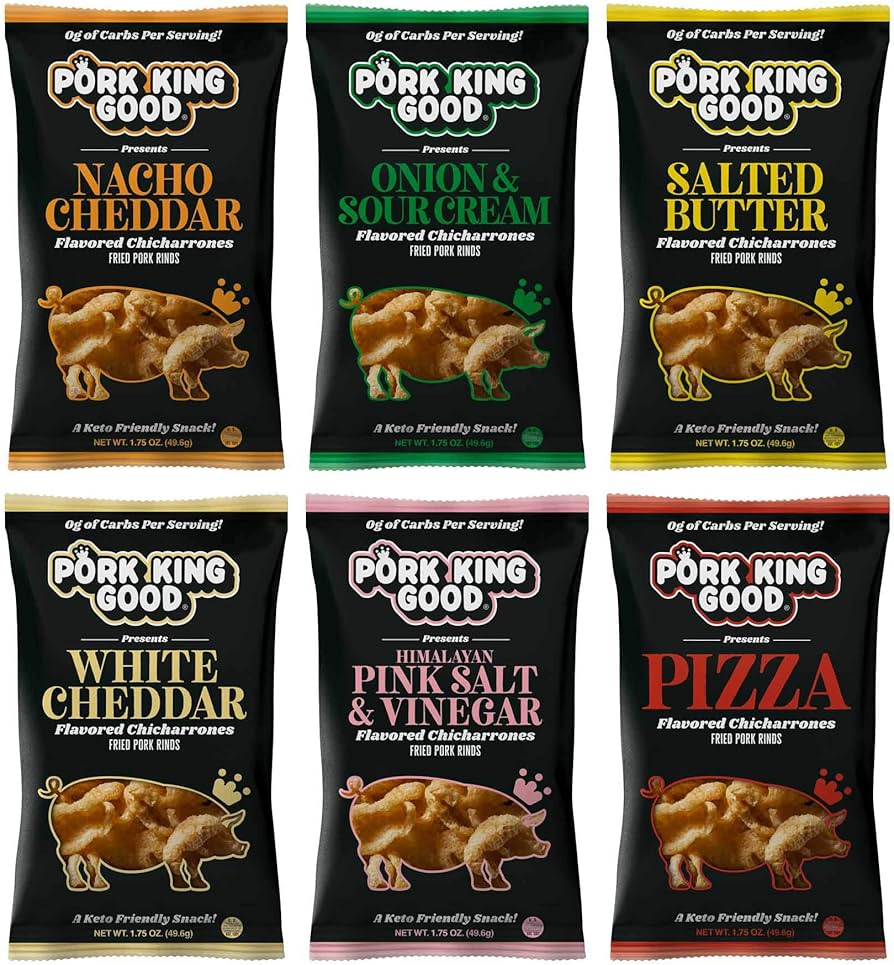Apply Now
Effective Guide to Keto Bread Nutrition Facts for 2025
Keto bread is a revolutionary component for those embarking on a low-carb lifestyle, particularly followers of the ketogenic diet. As ketogenic diets continue to gain popularity, understanding the nutritional facts surrounding keto bread becomes crucial for anyone interested in maintaining a healthy and balanced diet. With a keen focus on keto bread, this guide will explore essential information such as keto bread calories, fiber content in keto bread, fat content, and its other nutritional benefits.
Choosing the right types of bread alternatives can significantly impact not only your diet but also your overall health and wellness. Keto bread can provide a satisfying substitute for traditional bread, catering to those looking to lower their carbohydrate intake without sacrificing the enjoyment of bread. Here we will also discuss recipes for keto bread, making it easy for you to incorporate low carb bread into your day-to-day meals.
From the fundamental ingredients to the diverse benefits of including keto bread in your diet, prepare to navigate the world of healthy keto bread with ease. Let's dive into the nutritional breakdown and unveil straightforward recipes aimed at simplifying your keto journey!
Understanding Keto Bread Nutrition: Key Components
When evaluating keto bread, it's essential to understand its nutrition profile. At its core, keto bread is crafted primarily from alternative flours such as almond and coconut flour, which significantly affects its calorie content and overall nutritional values.
Keto Bread Ingredients: A Closer Look
Keto bread typically consists of low-carb flours, healthy fats, and sometimes artificial sweeteners. Commonly used ingredients include:
- **Almond flour:** Rich in protein and healthy fats, almond flour forms the base for many keto bread recipes, providing a nutty flavor and dense texture.
- **Coconut flour:** High in fiber, coconut flour absorbs more moisture and typically requires more eggs or liquids in recipes.
- **Eggs and healthy fats:** These contribute to the bread's structure and moisture while keeping it rich in beneficial nutrients.
Understanding these ingredients helps consumers make informed decisions in their meal preparations.
Keto Bread Nutritional Information at a Glance
The nutritional information is paramount when evaluating keto bread. Typical nutritional facts per slice of bread include:
- **Calories:** Ranges from 50 to 100 calories per slice, depending on the recipe.
- **Carbohydrates:** Generally low, around 1-5g net carbs per slice.
- **Dietary Fiber:** Ranging from 2-6g, making it a fiber-rich food choice.
- **Protein:** Usually packing between 4-8g.
- **Fats:** High healthy fat content, sometimes between 3-7g.
It's crucial for dieters to read nutrition labels carefully, ensuring that they are consuming a product that fits within their dietary goals.
Benefits of Incorporating Keto Bread
Keto bread offers numerous health benefits on a ketogenic diet. Primarily, it serves as a guilt-free alternative, allowing individuals to enjoy meals like sandwiches and toast without excessive carbs:
1. **Weight Management:** The low-calorie and low-carb nature promotes fat burning, helping in weight loss efforts.
2. **Increased Energy Levels:** The healthy fats in keto bread provide sustained energy, helping avoid sugar crashes associated with high-carb bread.
3. **Digestive Health:** The fiber content aids digestion, which can be beneficial during the adjustment to a low-carb diet.
Moreover, keto bread’s versatility allows you to create various keto meals, from savory breakfast options to fulfilling snacks and hearty lunch ideas.
Making Keto Bread: Recipes and Techniques
With an understanding of keto bread's nutritional profile, let's delve into practical aspects of making your own keto bread at home.
Baking Keto Bread: Basic Techniques
Creating homemade keto bread is easier than you might imagine. The essential elements include:
- **Selecting the right flour:** Almond and coconut flour are popular choices; always ensure they are finely ground for optimal results.
- **Proper measurements:** Liquid and dry ingredients need to be balanced to achieve the correct bread texture.
Experimenting with gluten-free variations can open doors to new flavor profiles while adhering to keto guidelines.
Easy Keto Bread Recipes You Can Try
1. **Almond Flour Bread:** A popular choice, featuring almond flour, eggs, and baking powder. This bread is fluffy and customizable, allowing the addition of nuts or spices.
2. **Coconut Flour Bread:** A denser alternative, this recipe often requires additional eggs due to high absorbency.
3. **High-Protein Bread:** Adding protein powder or seeds can enhance the nutritional profile, catering to those focusing on muscle building while staying keto compliant.
Each recipe focuses on easy preparation, making them great for meal prep ideas or last-minute baking.
Common Mistakes When Baking Keto Bread
While making keto bread can be fun and simple, there are pitfalls to avoid:
- **Incorrect oven temperatures:** Make sure your oven is preheated correctly to achieve even baking.
- **Over-mixing the batter:** This can lead to denser textures and may not yield the desired rise.
- **Neglecting to measure ingredients properly:** Baking is a science, and improper measures can ruin the texture and flavor.
With a few tricks up your sleeve, your baking endeavors will yield satisfying and nutritious results.
The Role of Keto Bread in Meal Planning
Incorporating keto bread into your weekly meal plan can enhance your low-carb lifestyle dramatically. Understanding how to utilize bread effectively will broaden your culinary options.
Healthy Keto Bread: A Snack Choice
Keto bread can be a perfect base for healthy snacks. Imagine indulging in an open-faced avocado toast with almonds or a turkey sandwich with spinach and cheese; these combinations are delicious and aligned with keto principles.
Easy Low Carb Meals Featuring Keto Bread
Consider pairing your keto bread with hearty soups or salads, enhancing the meal without the high carbs of traditional options. You can also create keto sandwich alternatives using lettuce wraps or bell peppers to further reduce carb intake.
Portion Control: Understanding Portion Sizes for Keto Meals
It’s essential to consider portion sizes when enjoying keto bread. A typical serving is one slice, around 40-60g, but awareness of overall daily carb intake is crucial, ensuring meals remain compliant with keto diet regulations without pushing back into carb-heavy territory.
Keto Bread Health Benefits: Conclusion
In summary, understanding keto bread nutrition provides insight into why it's an agreeable choice for those pursuing a low-carb lifestyle in 2025. Whether you’re making keto bread from scratch or purchasing store-bought options, prioritizing the right ingredients and nutritional values is key to successful weight management and energy maintenance.
Now that we've explored alternatives to traditional bread, recipes, and essential techniques for effective baking, you’re equipped with the knowledge to integrate this healthy staple into your diet confidently.
For more information about keto bread recipes and keto diet planning, check out resources like [Healthy Keto Cookbook](https://example.com) and [Keto Meal Ideas](https://example.com).




